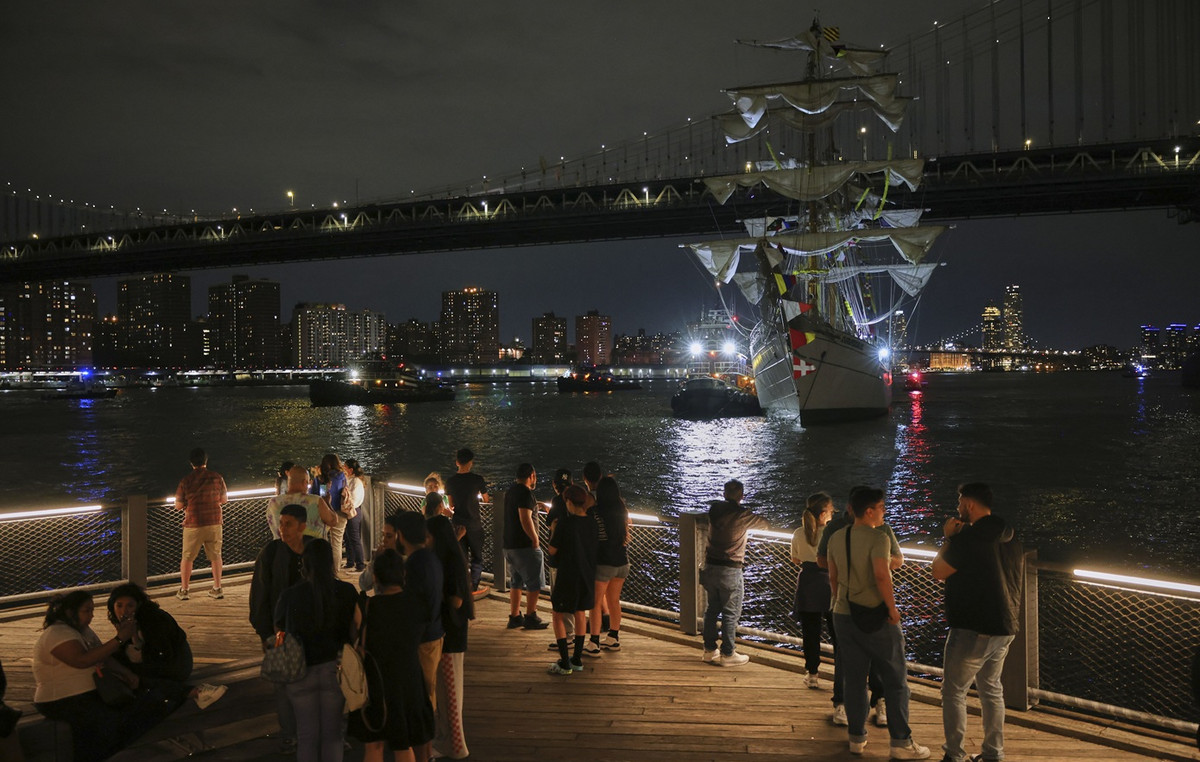Global buyers and sellers of liquefied natural gas (LNG) are bracing for more uncertainty about Russian supply and a murky demand outlook from Europe and China – the main importer – in the run-up to the peak of winter, industry executives said. .
Aside from the unpredictable weather, it remains unclear whether there will be further cuts in Russian supplies to Europe, the executives said.
It is also uncertain whether Europe can build new LNG import infrastructure in time to replace the massive Russian volumes, they added.
One more question is when will China lift restrictions against Covid-19, which reduced imports in the first five months of this year.
Western sanctions on Russia over the invasion of Ukraine have sparked fears of disruption to Russian gas supplies to Europe, pushing global gas prices to record highs earlier this year and heightening energy security concerns.
Moscow calls its action in Ukraine a special military operation.
“We have enormous uncertainty about what will happen next,” Steve Hill, Shell’s executive vice president, said at the World Gas Conference.
“If we convert the volume of Russian gas sent by pipeline to Europe in 2021 into the LNG equivalent and add the volumes of LNG delivered to Europe in 2021, this is equivalent to 200 million tonnes of LNG equivalent. This is half the size of the current global LNG industry.”
Peder Bjorland, vice president of marketing and trading for natural gas at Equinor, said changes in flows have created a “strange market” where some European countries, such as the UK, are oversupplied but there is no infrastructure to support it. transport the gas to demand centers like Germany.
Germany is building an LNG receiving terminal and has contracted floating storage and regasification units.
“It’s a race against time. We believe that regasification facilities will likely be up and running before the end of winter, but perhaps not at the beginning of winter. So this is a very delicate balance,” said Michael Stoppard, global gas strategy lead at S&P Global Commodity Insights.
A harsh winter in the Northern Hemisphere could also trigger competition between Europe and Asia for LNG and drive up prices, executives said.
“As we get into winter… markets like Asia really start to compete for these loads,” said Anatol Feygin, executive vice president of Cheniere Energy.
However, an executive at a Chinese gas importer said buyers are likely to enter this winter more prepared than they did last year, as European countries such as Germany and Italy required minimum inventory levels.
Buyers are building up inventories ahead of winter, supporting Asian LNG spot prices at nearly three times their May 2021 levels, exceptionally high for the low demand season in Q2.
Source: CNN Brasil
I am Sophia william, author of World Stock Market. I have a degree in journalism from the University of Missouri and I have worked as a reporter for several news websites. I have a passion for writing and informing people about the latest news and events happening in the world. I strive to be accurate and unbiased in my reporting, and I hope to provide readers with valuable information that they can use to make informed decisions.







